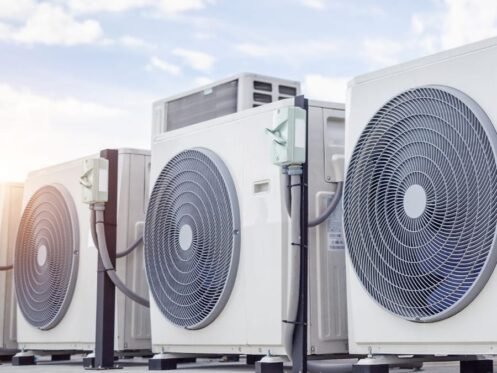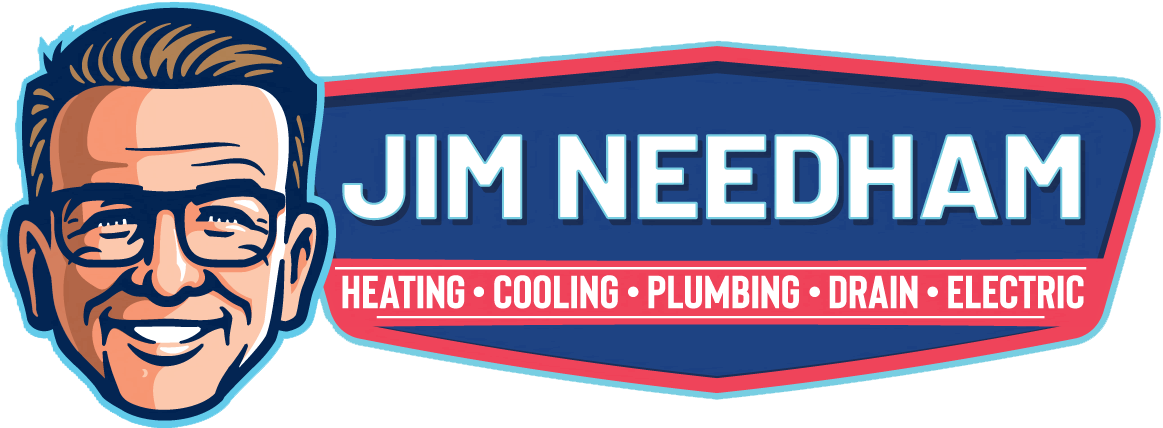If your HVAC system constantly turns on and off without properly cooling or heating your home, you’re experiencing a problem called short cycling. This frustrating issue not only affects comfort but also puts extra strain on your equipment. At Jim Needham Heating, Cooling & Plumbing, we often see homeowners in this situation, and the good news is that short cycling can be diagnosed and resolved with the right approach.
What Is Short Cycling?
If your HVAC system keeps turning on and off without properly heating or cooling your home, you are experiencing short cycling. Instead of running steadily until the thermostat reaches the set temperature, the system stops early and restarts again within minutes. This constant stop-and-go pattern wastes energy, increases your utility bills, and places unnecessary stress on your equipment.
Over time, short cycling can reduce efficiency, wear down key components, and lead to premature system failure. In Colorado, where summers are hot and winters are frigid, an underperforming HVAC system creates even bigger comfort challenges.
Why Does Short Cycling Happen?
Short cycling can occur for many reasons, ranging from simple maintenance issues to serious system faults.
Oversized HVAC Systems
A system that is too large for your home may cool or heat the space too quickly, shutting off before completing a proper cycle. While this sounds efficient, it actually leads to uneven temperatures, higher humidity levels, and extra wear on the unit.
Dirty or Clogged Air Filters
Restricted airflow is one of the most common causes of short cycling. A dirty filter prevents your system from breathing properly, forcing it to work harder and cycle more often. Replacing filters every one to three months, especially before peak summer use, is an easy way to prevent this issue.
Refrigerant Problems
Low refrigerant levels make it difficult for your air conditioner to remove heat effectively. As pressure builds in the system, the unit may shut down prematurely and then restart again. This issue requires professional testing and repair, since handling refrigerant without certification is unsafe and against EPA regulations.
Thermostat Issues
Poor thermostat placement can trick your HVAC system into short cycling. If the thermostat is located near a window, in direct sunlight, or too close to supply vents, it may register incorrect temperatures and send mixed signals. Relocating the thermostat to a more central location often solves the problem.
Electrical or Sensor Failures
Faulty wiring, malfunctioning safety switches, or failing sensors can interrupt normal cycles. These problems usually require a licensed HVAC technician to diagnose and correct.
Why Short Cycling Should Not Be Ignored
Short cycling is more than a minor inconvenience. The repeated starts and stops drive up energy bills and increase strain on compressors, blowers, and other key components. If left unchecked, this can shorten the life of your HVAC system significantly.
Comfort also suffers. Rooms may feel too warm or too cold, and humidity levels may rise. Over time, moisture issues can lead to mold growth and indoor air quality problems. To better understand how your cooling setup affects energy use and comfort, read our guide on energy-efficient cooling options for Colorado homes.
What Homeowners Can Check Before Calling for Help
There are a few safe troubleshooting steps you can try at home:
Replace or Clean Filters
Clogged filters are an easy fix. A new filter can restore airflow and help your system run more smoothly.
Inspect Thermostat Placement
If your thermostat is in direct sunlight or too close to a vent, move it to a neutral location inside your home.
Check Outdoor Units
Clear leaves, dirt, or debris from around the condenser unit. Blocked airflow outside can cause short cycling just as much as problems inside.
Reset the System
Sometimes, shutting off the system for a few minutes and restarting can reset controls and sensors. If the problem persists, however, it is time to call a professional.
When It Is Time to Call Jim Needham
If short cycling continues after basic troubleshooting, the issue is likely more complex. Professional service is especially important if:
-
Refrigerant levels may be low.
-
The system is older and has not had routine maintenance.
-
You suspect wiring, sensor, or control board problems.
-
Comfort and efficiency have declined significantly.
At Jim Needham Heating, Cooling & Plumbing, our technicians use specialized tools to check refrigerant pressures, test electrical connections, and verify proper system sizing. We identify the root cause of short cycling and provide lasting solutions tailored to Colorado homes.
Staying Ahead With Regular Maintenance
The best way to prevent short cycling is through proactive care. Seasonal tune-ups catch small issues early, extend the life of your equipment, and improve overall efficiency. Before the hot months return, scheduling preventive service can save money and stress. Learn more about preparing your HVAC system for Colorado’s summer heat to keep your home comfortable year after year.
Call Jim Needham for Expert HVAC Repair in Denver
Short cycling is a warning sign that should never be ignored. If your HVAC system is constantly starting and stopping, it is working harder than it should and could be heading toward a breakdown.
Contact Jim Needham Heating, Cooling & Plumbing today to schedule your HVAC repair. Our licensed Denver technicians will restore efficiency, improve comfort, and protect your investment with reliable, code-compliant service.

